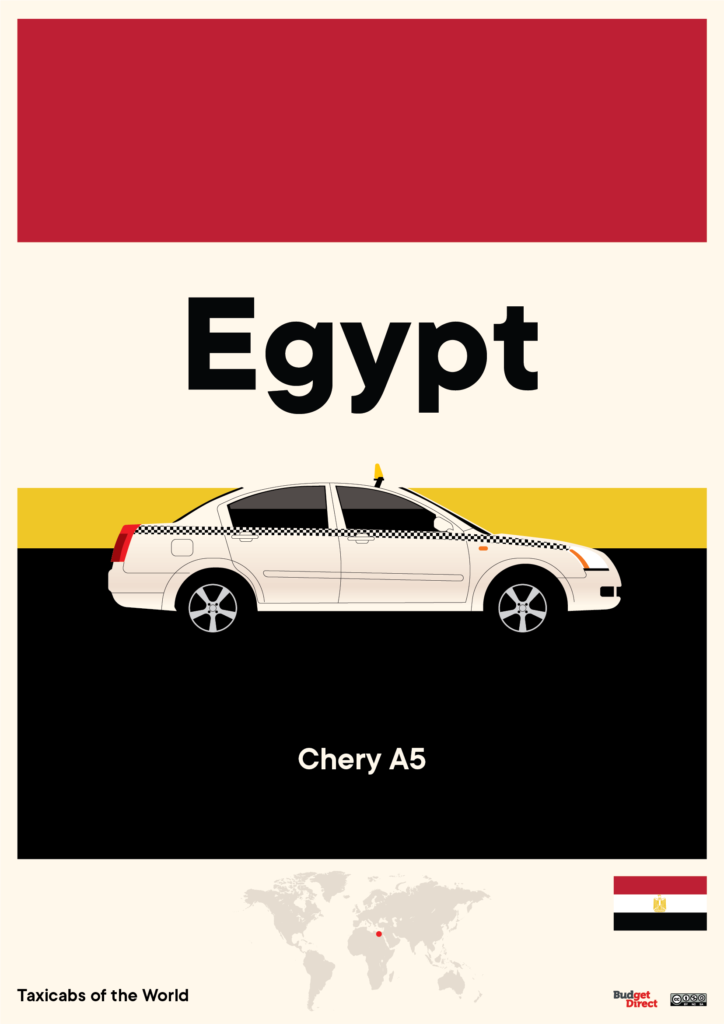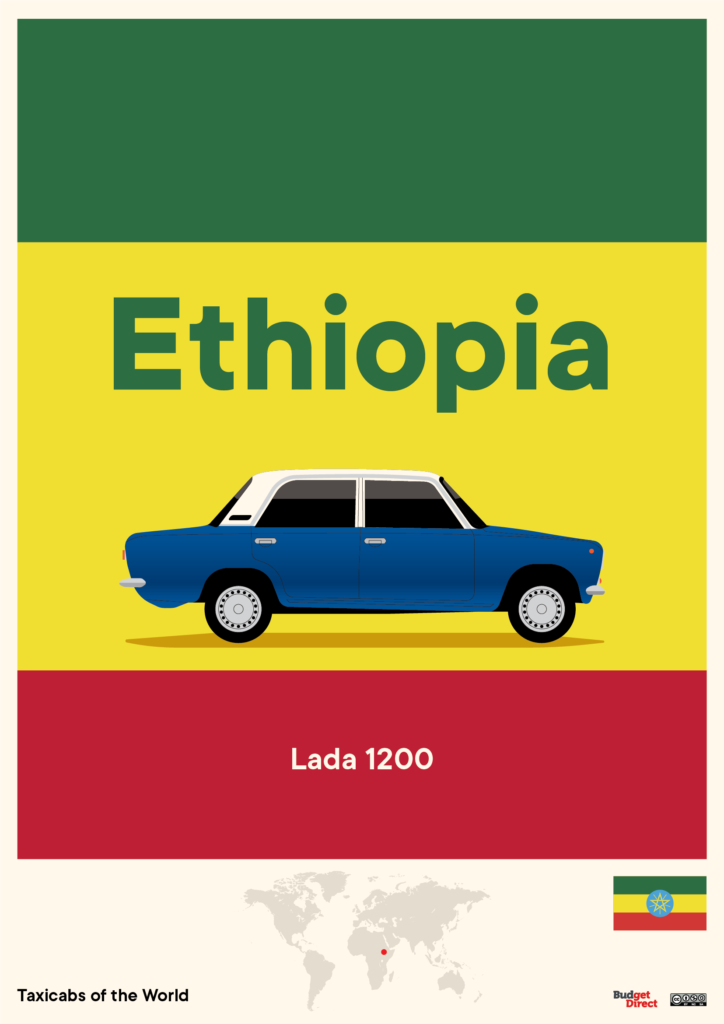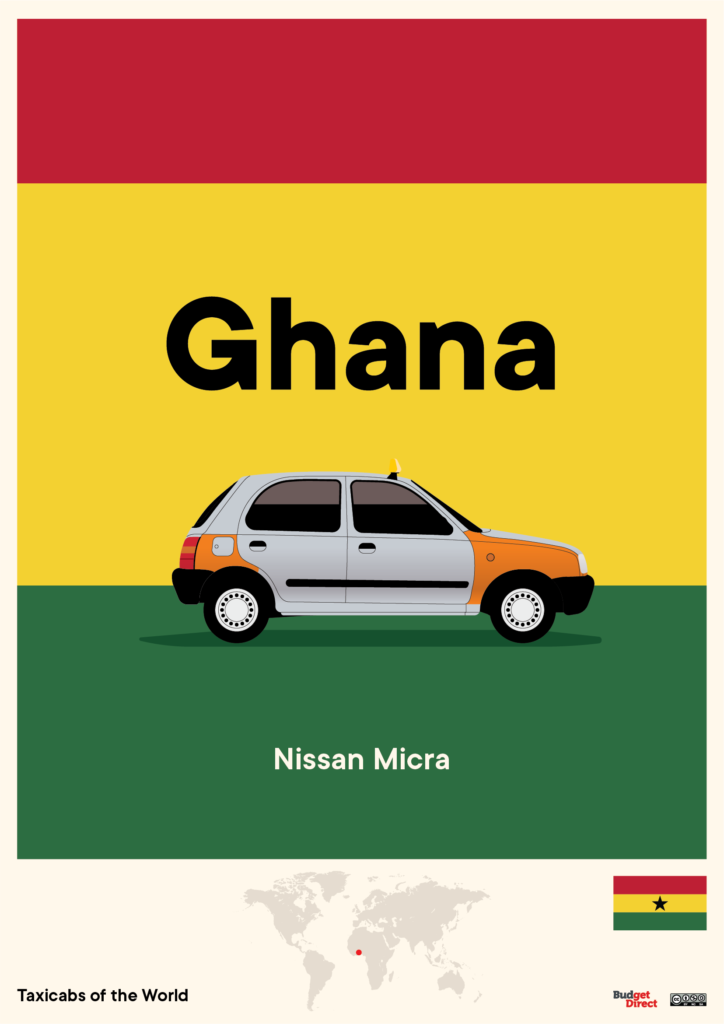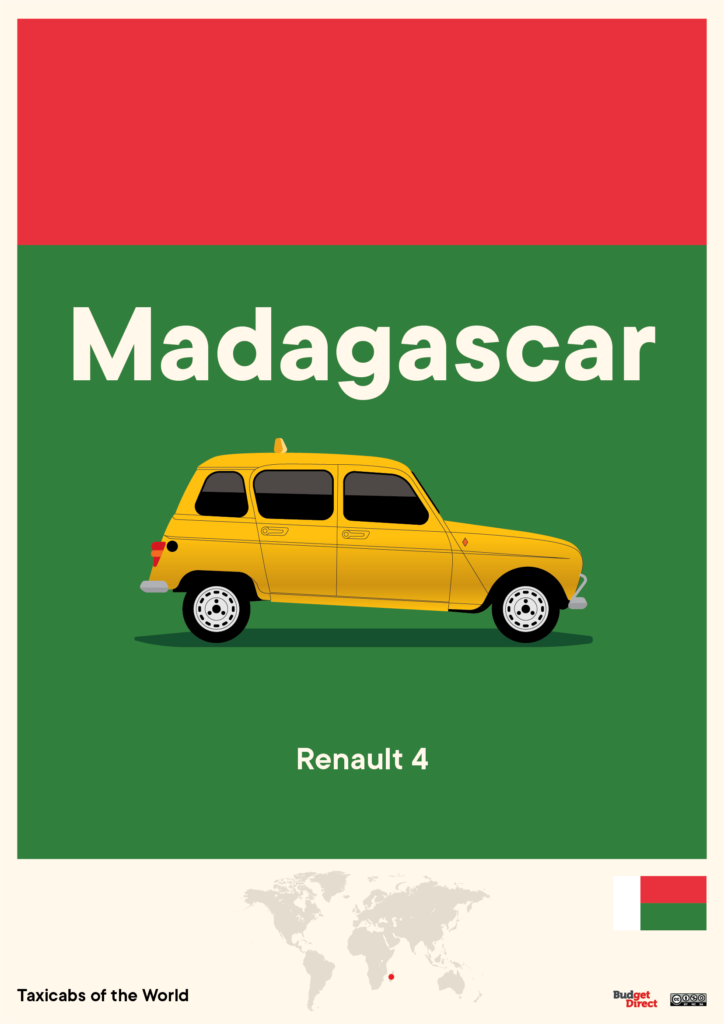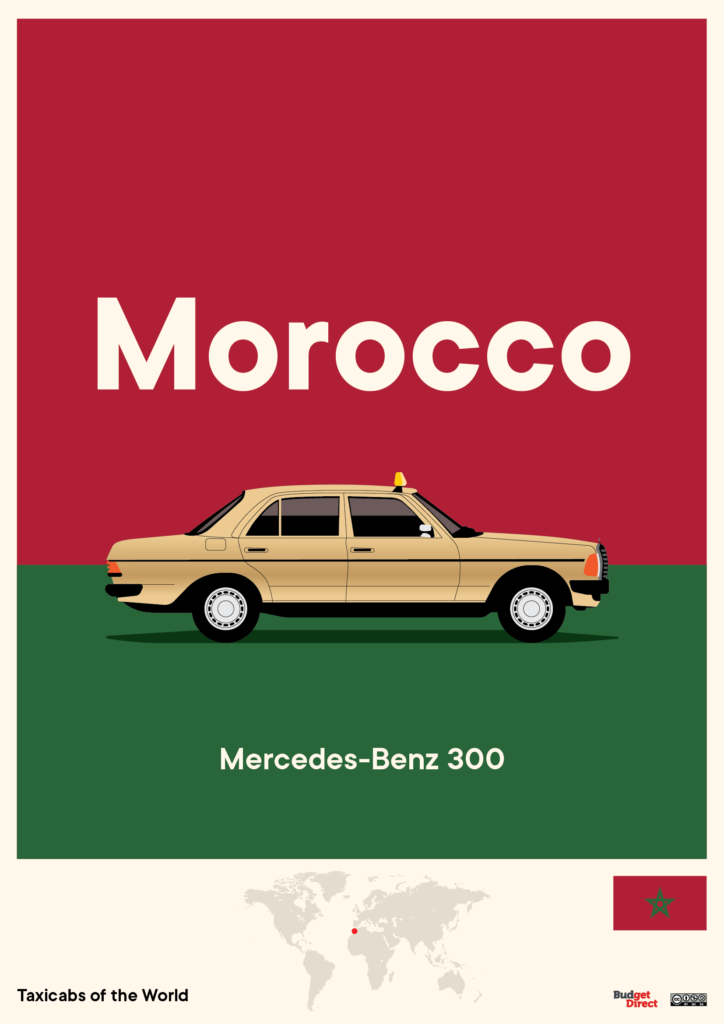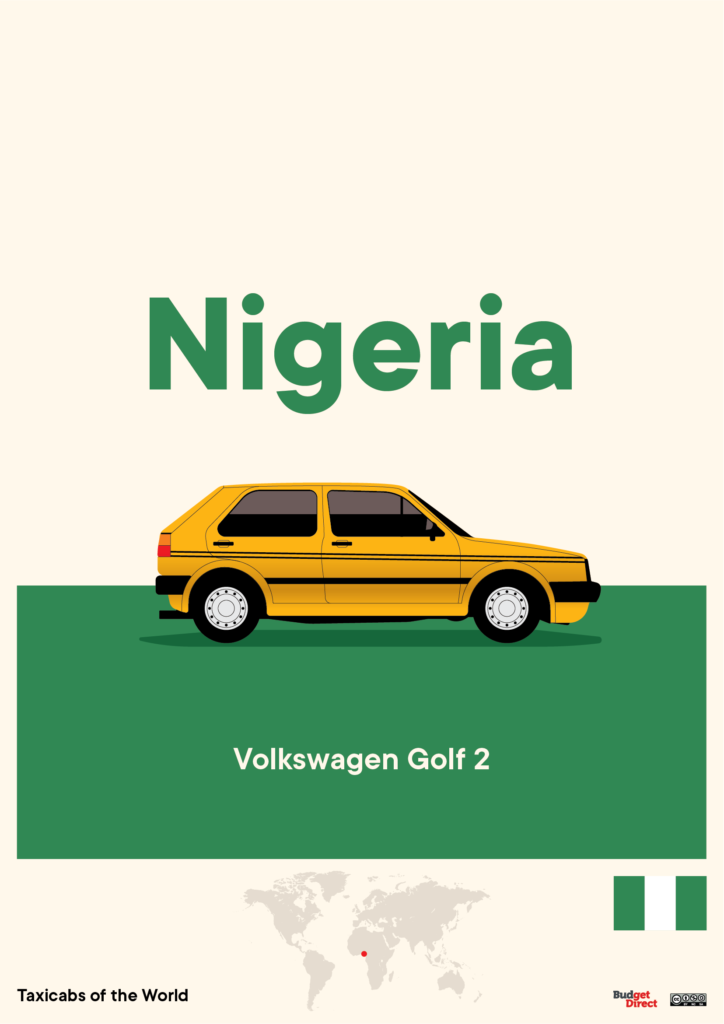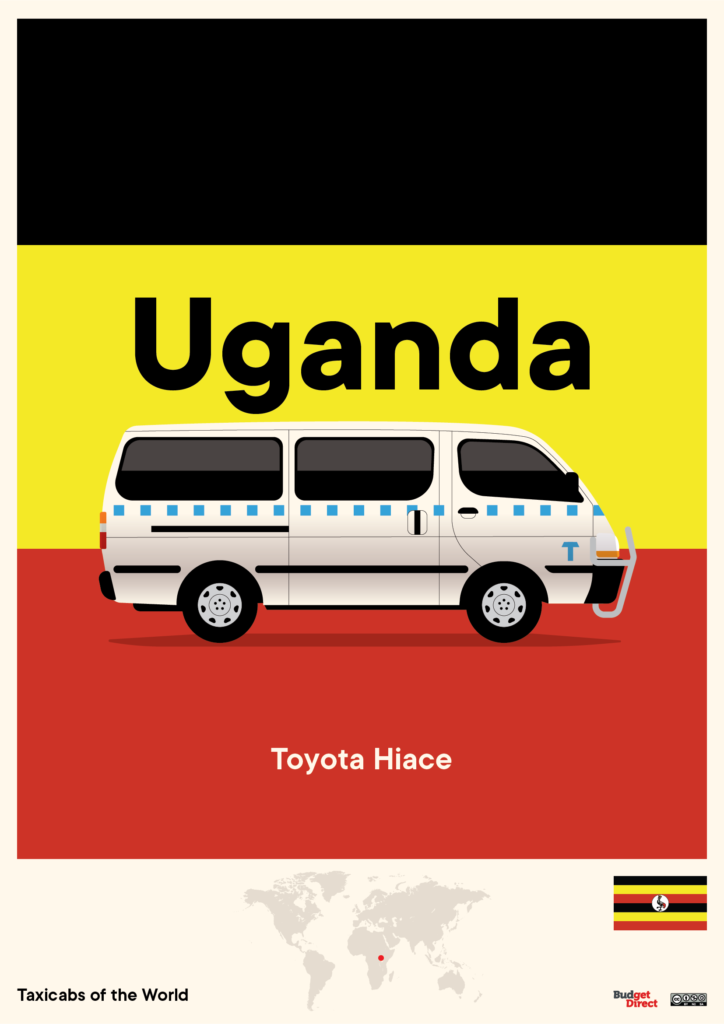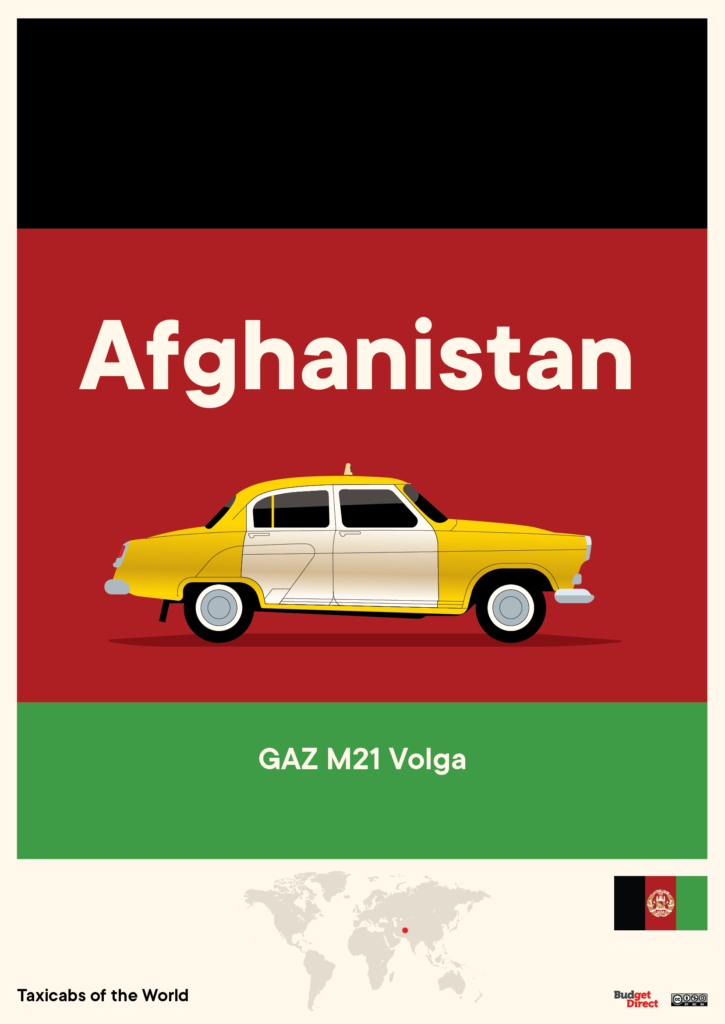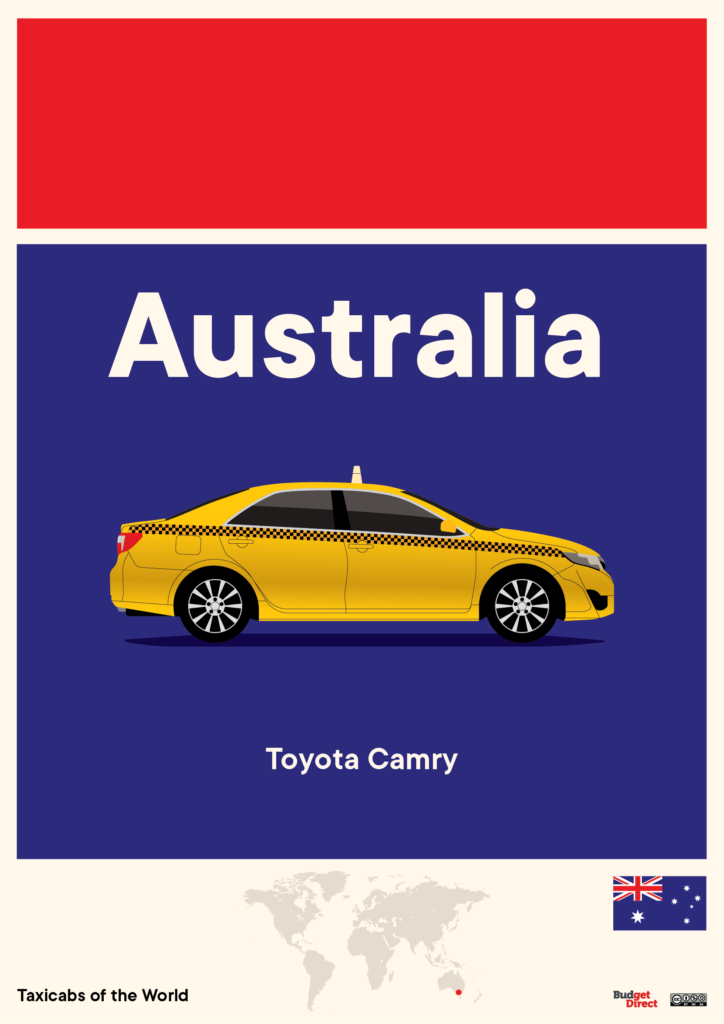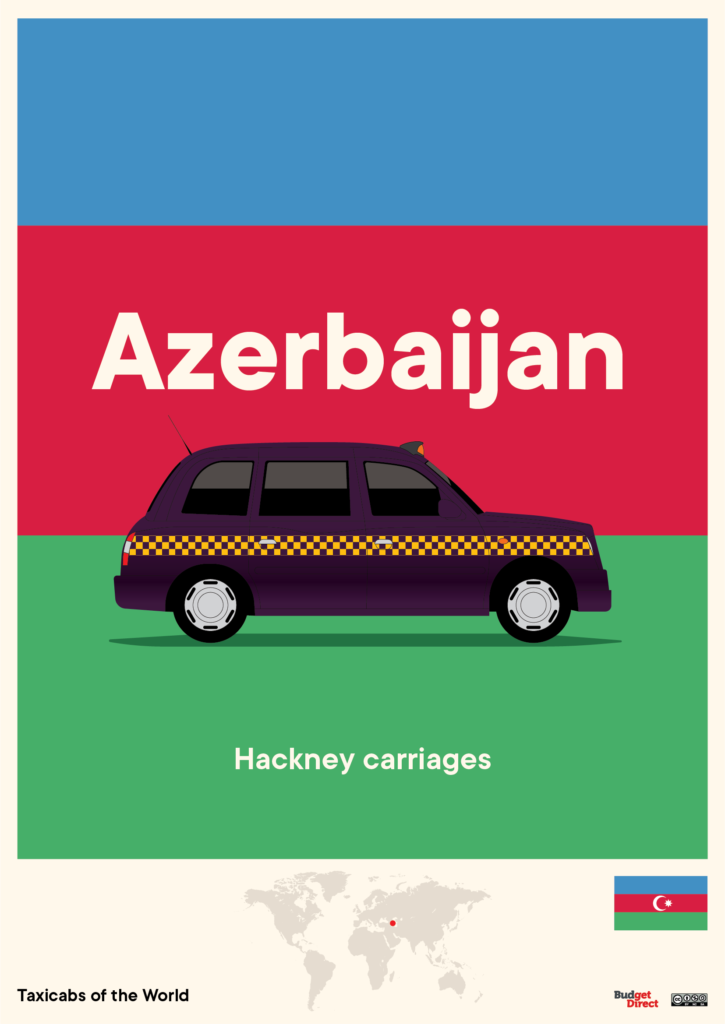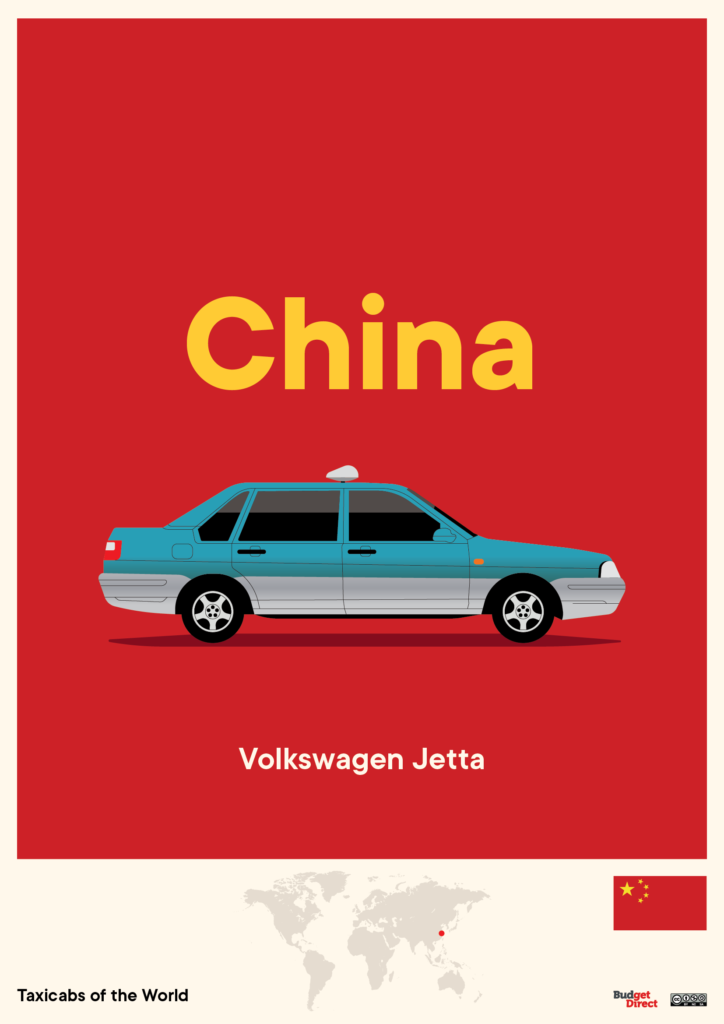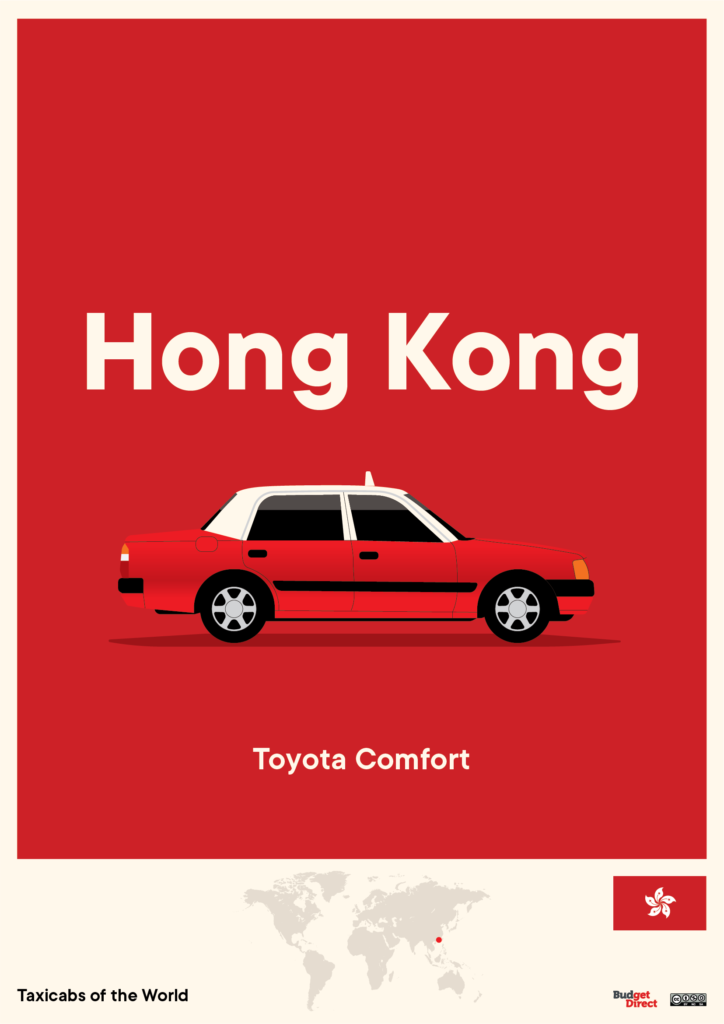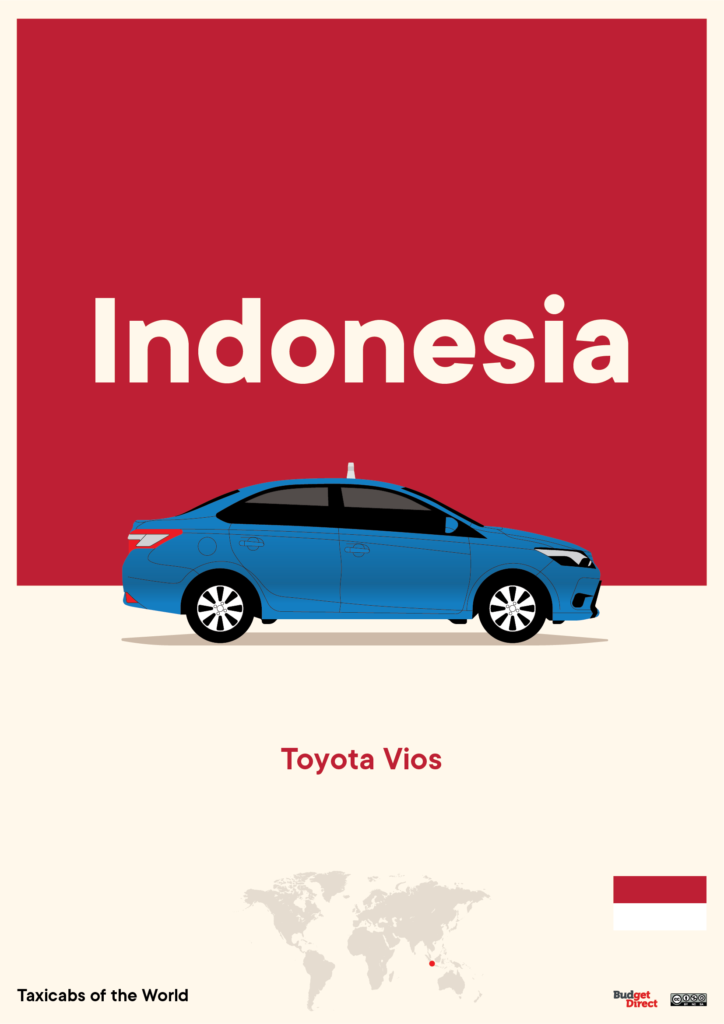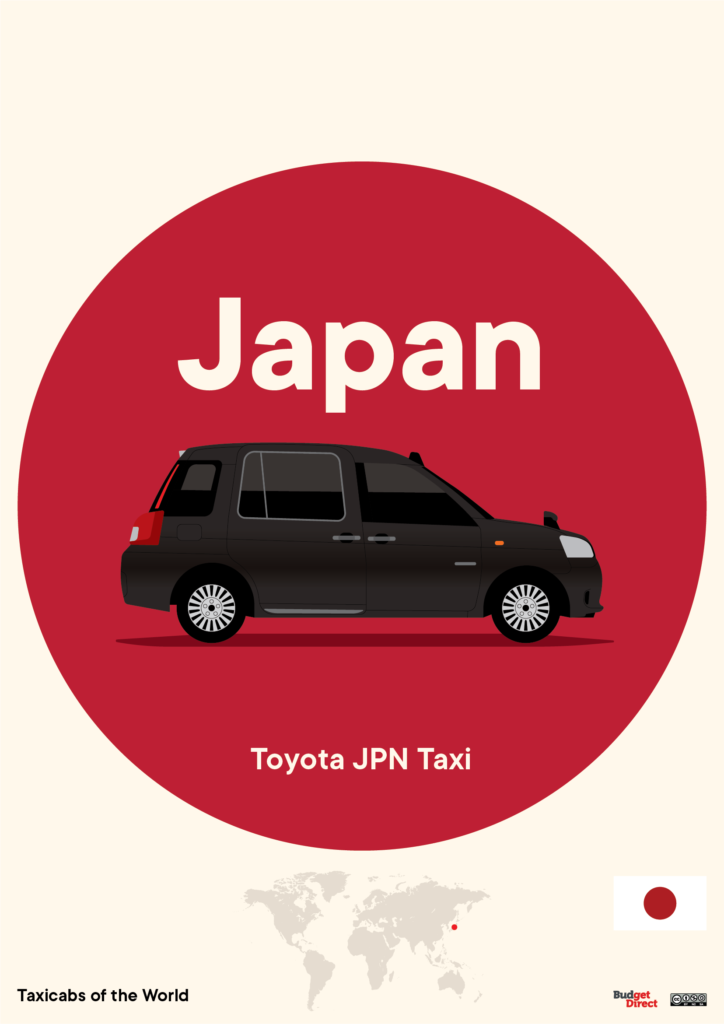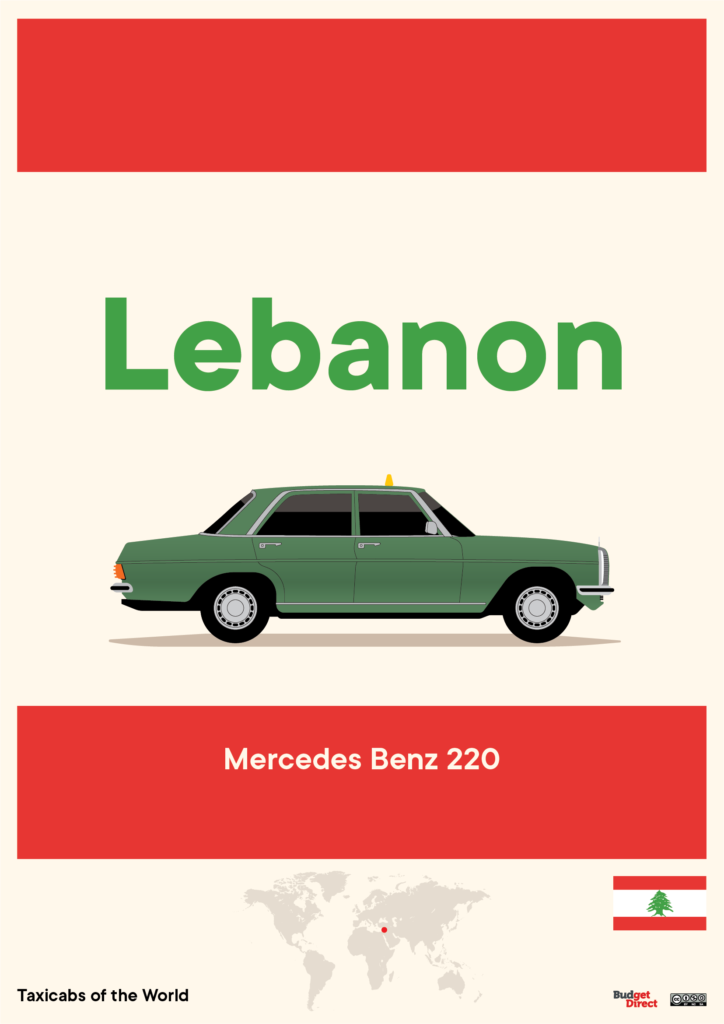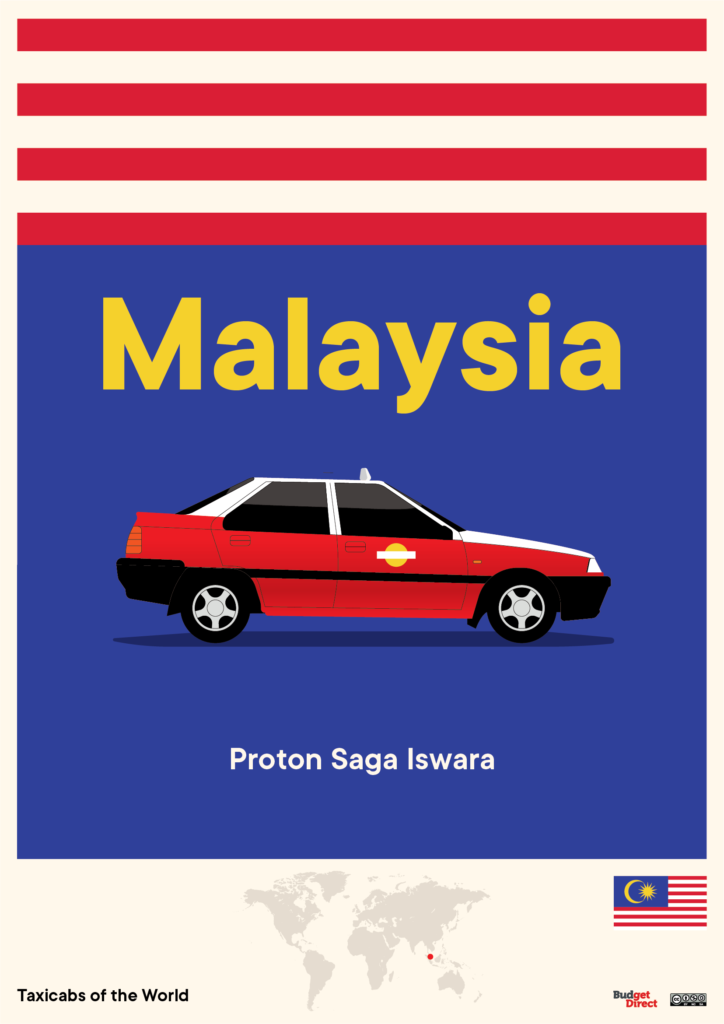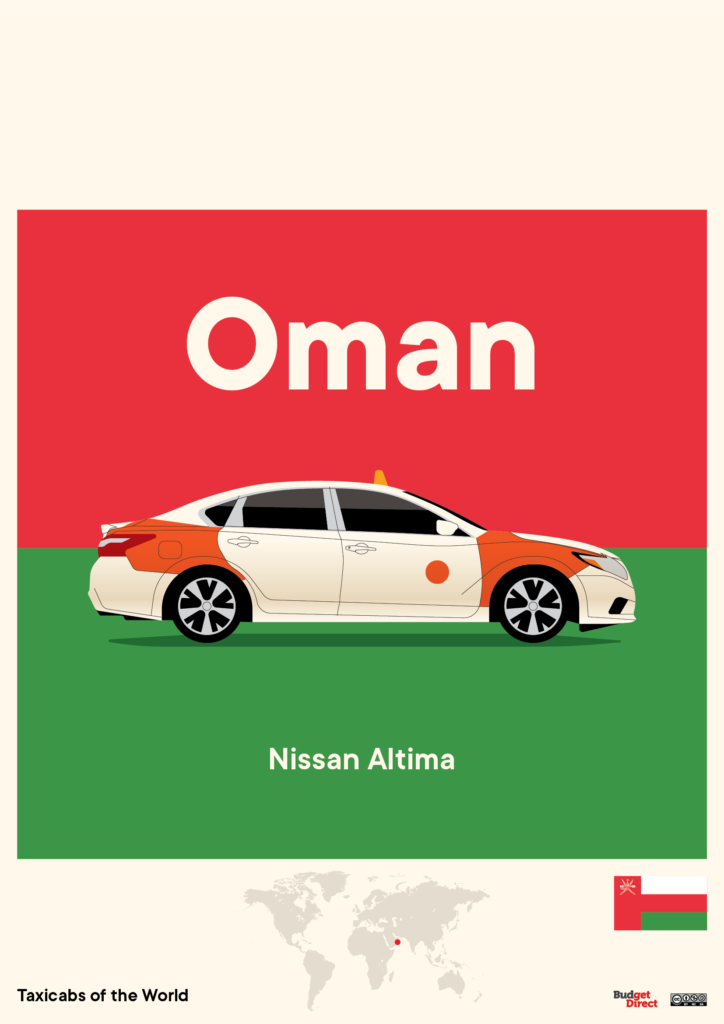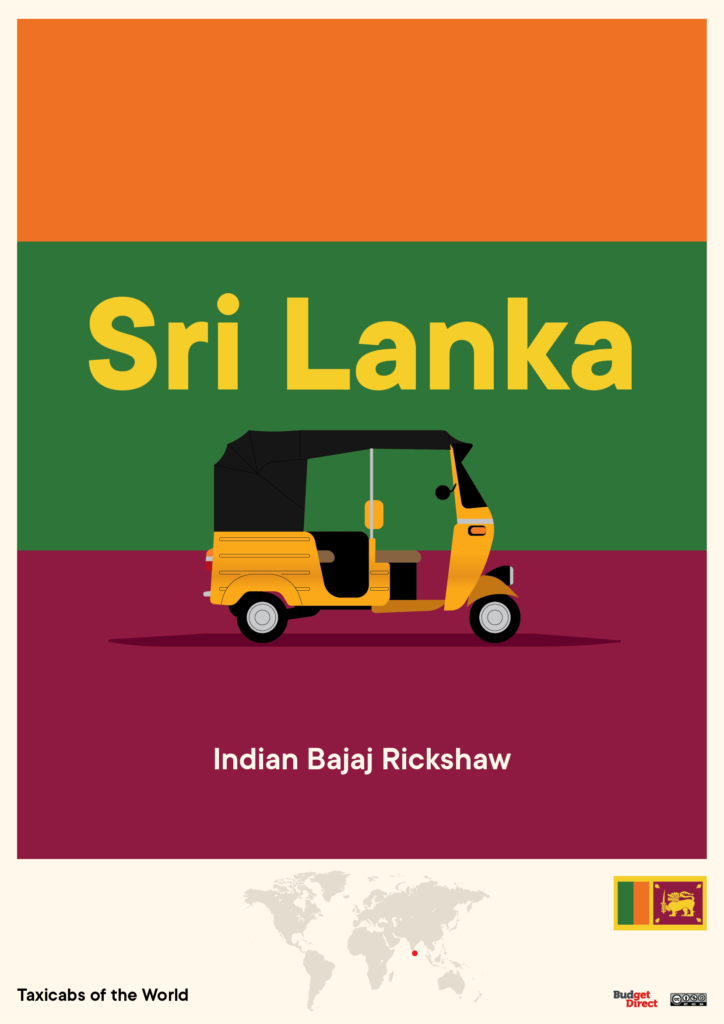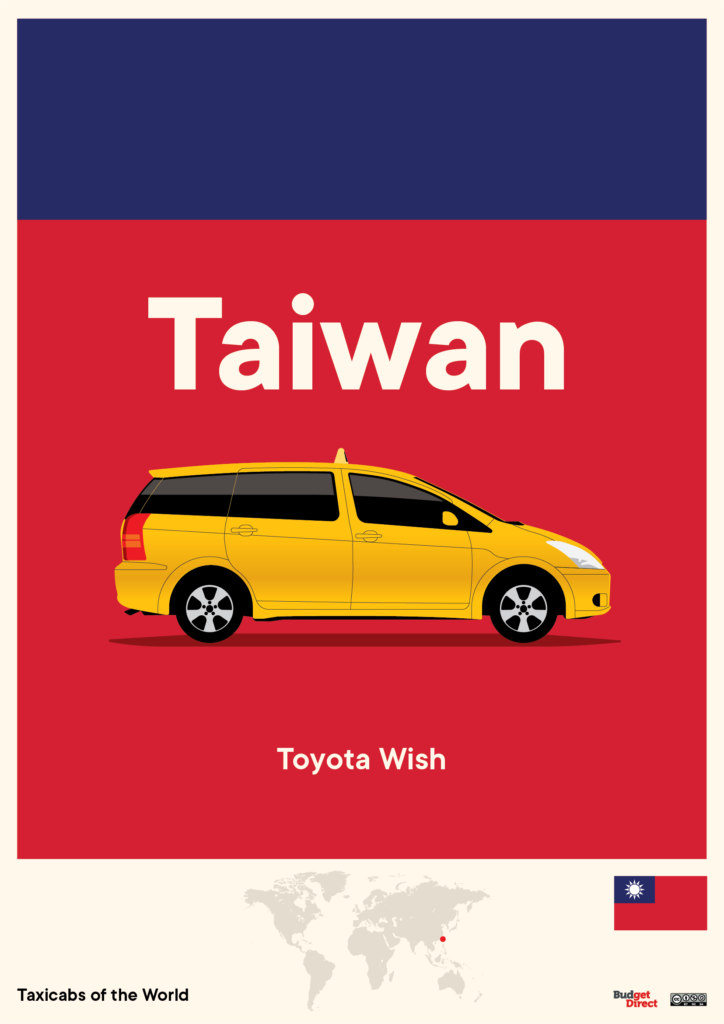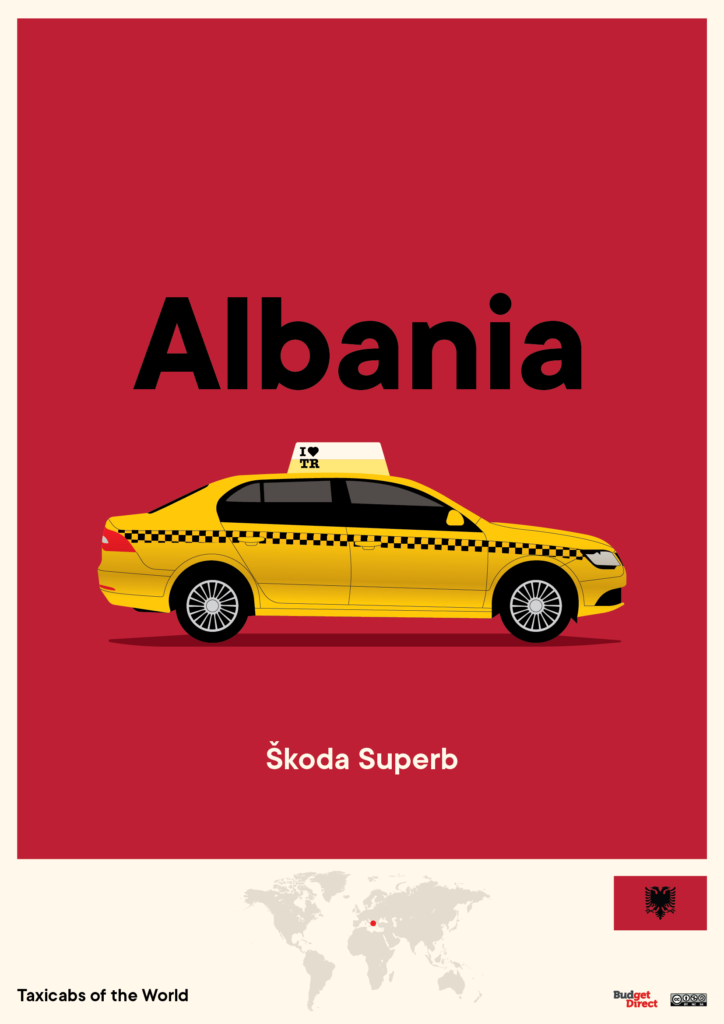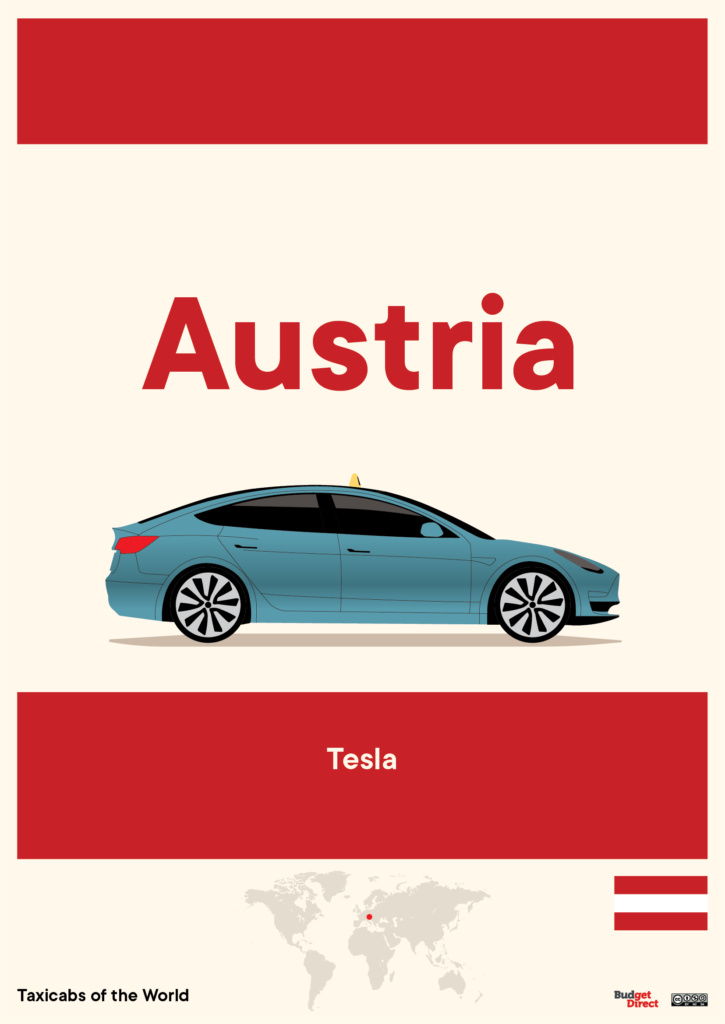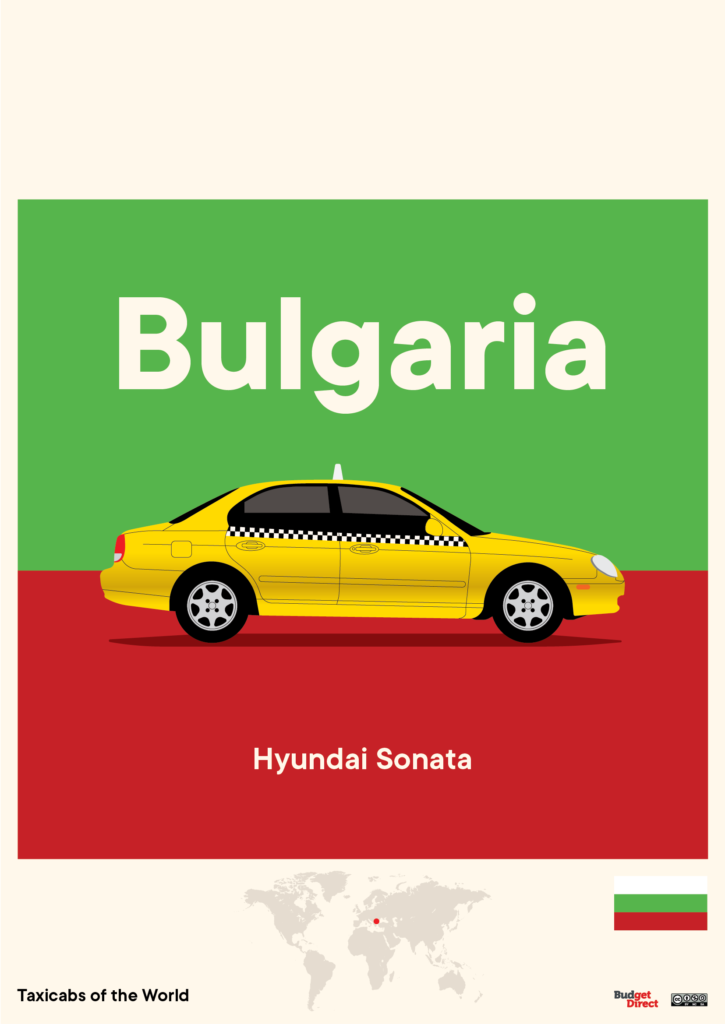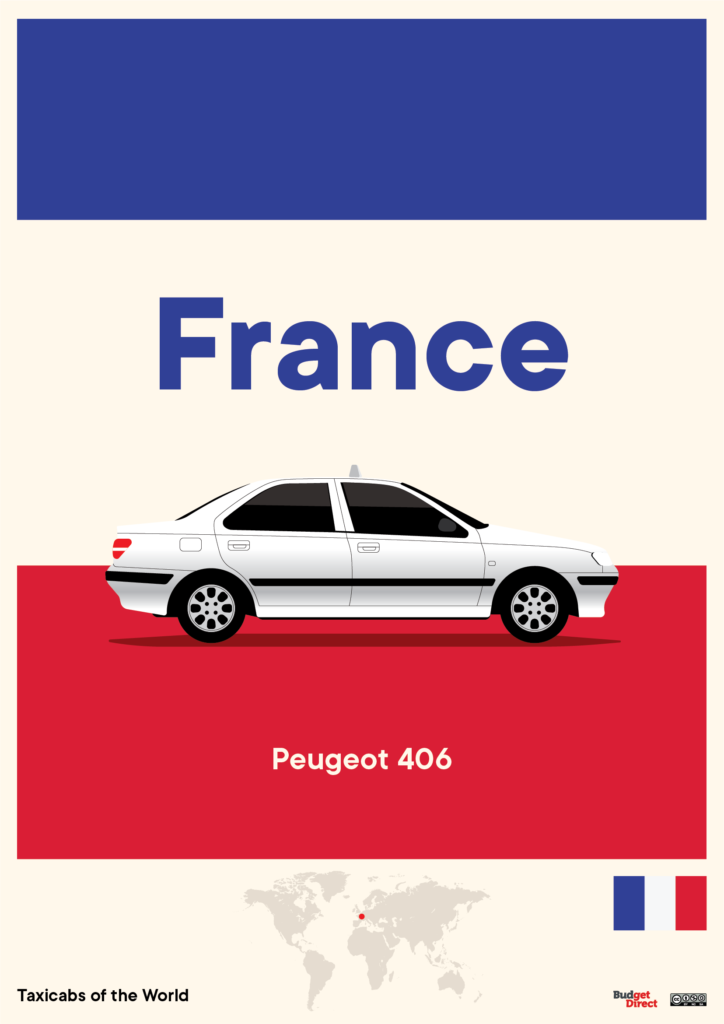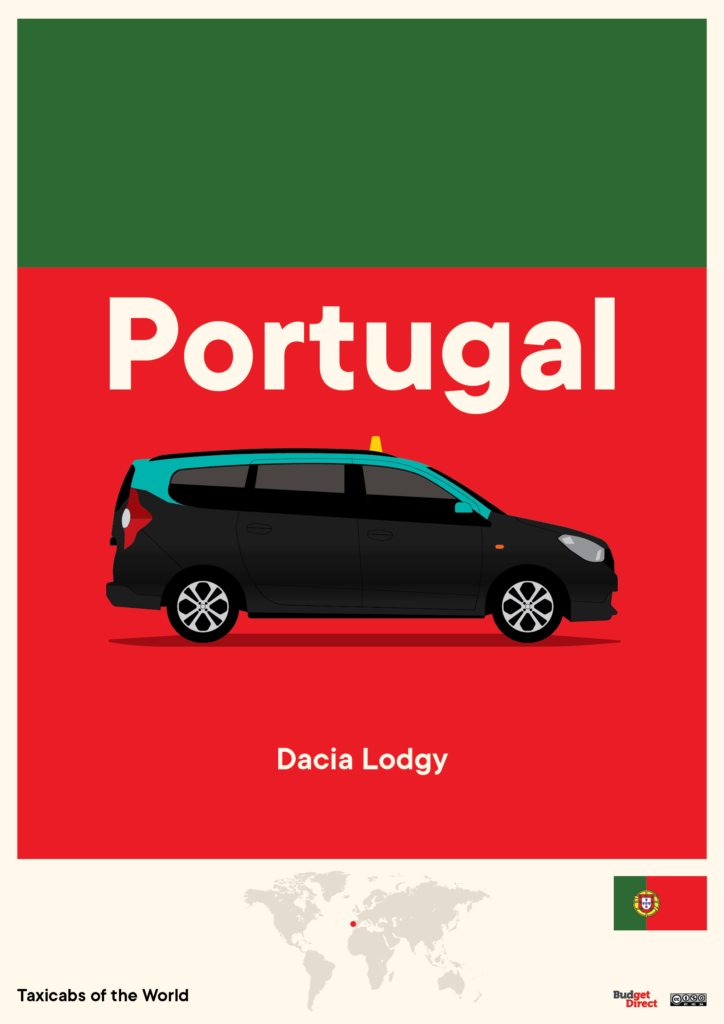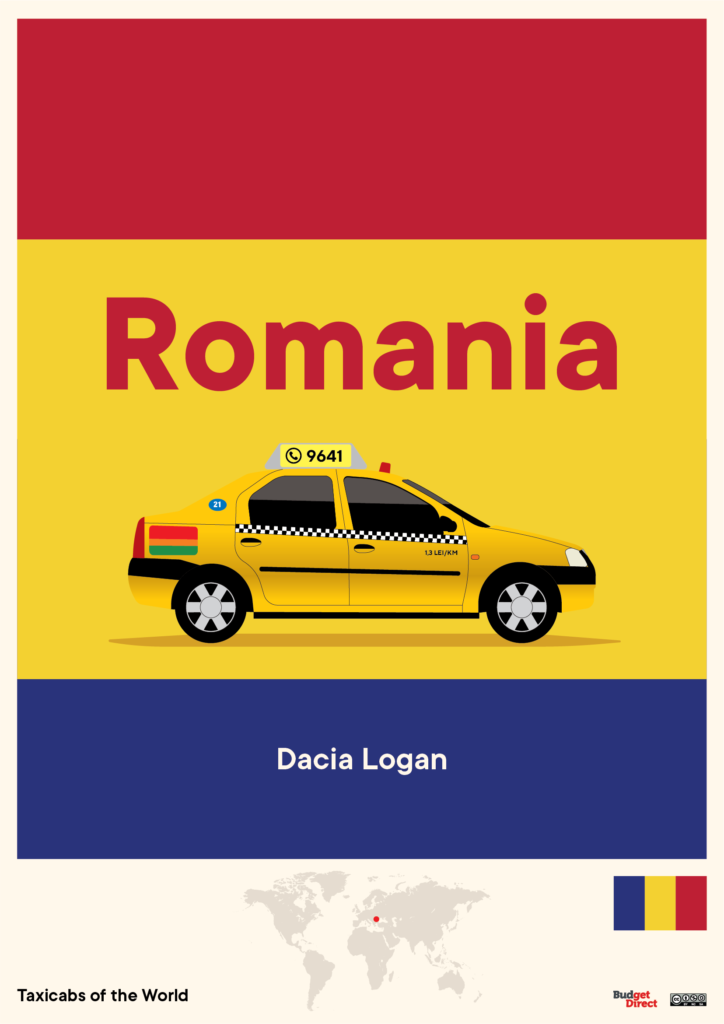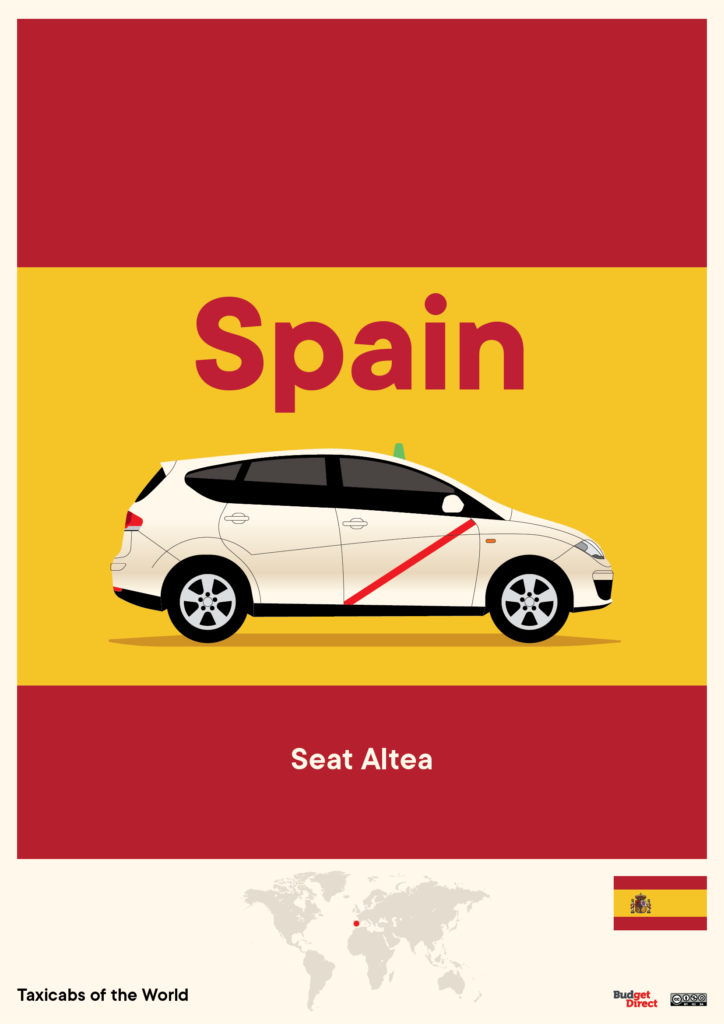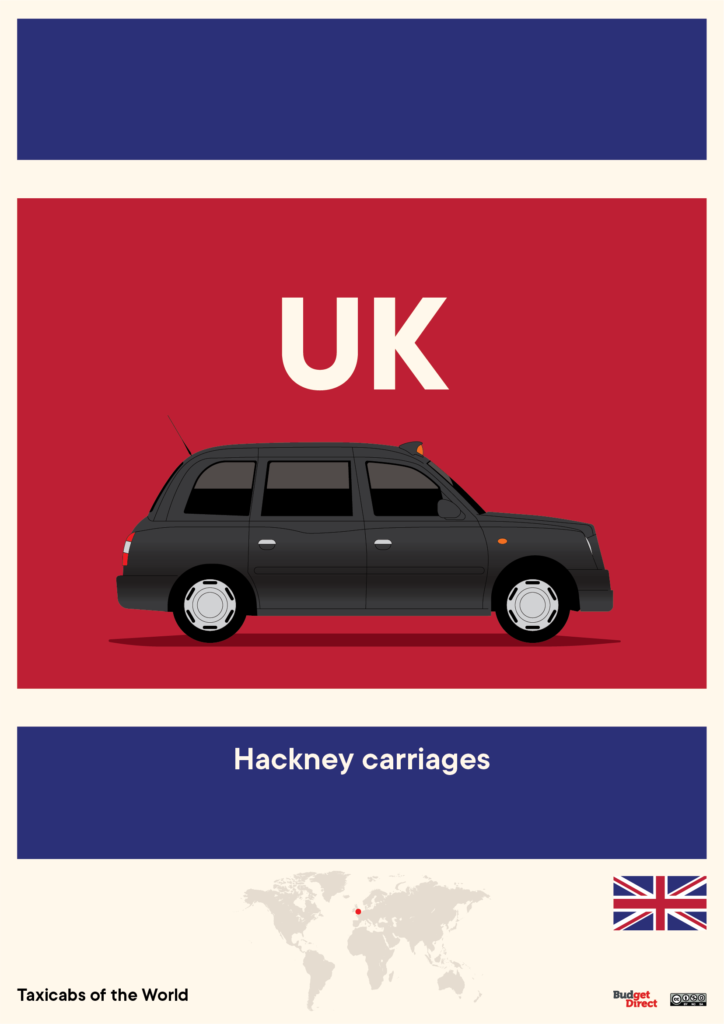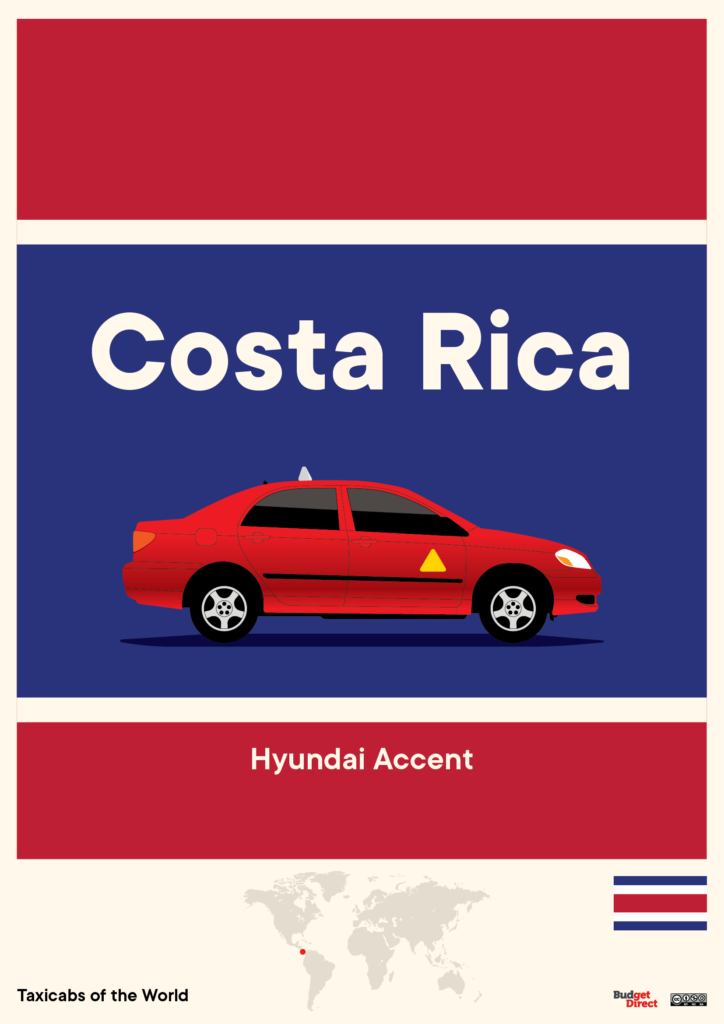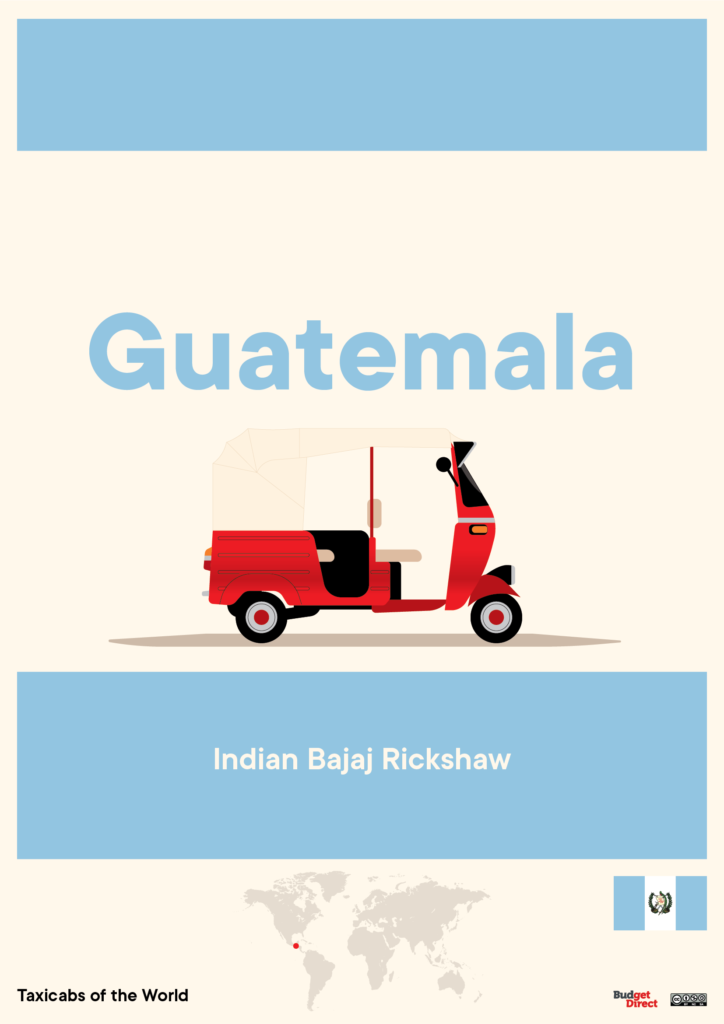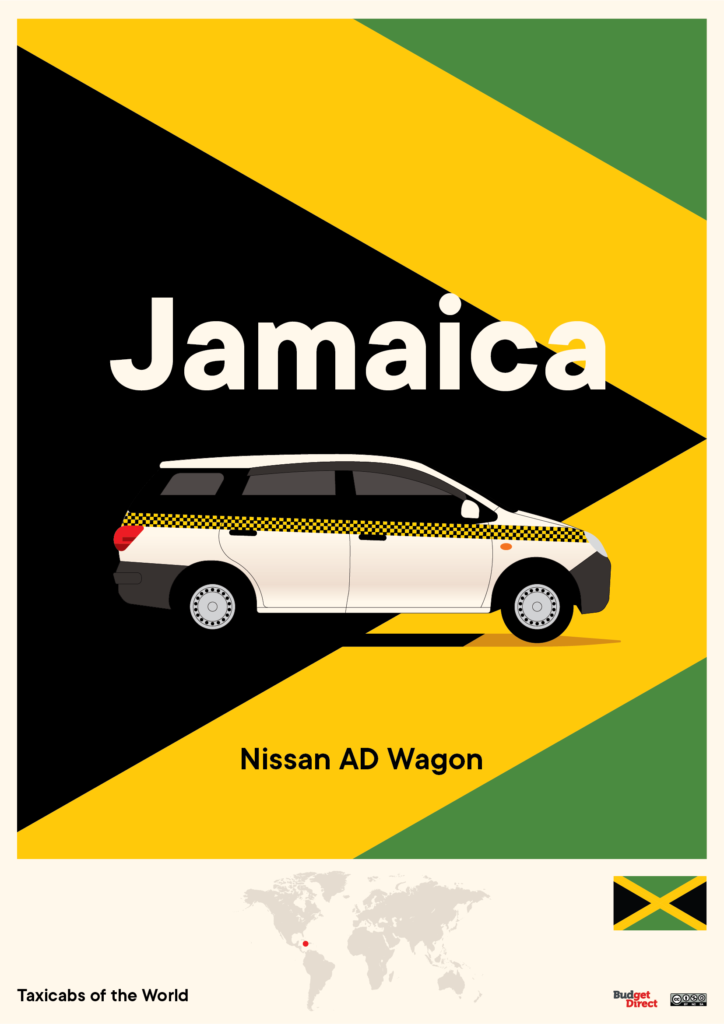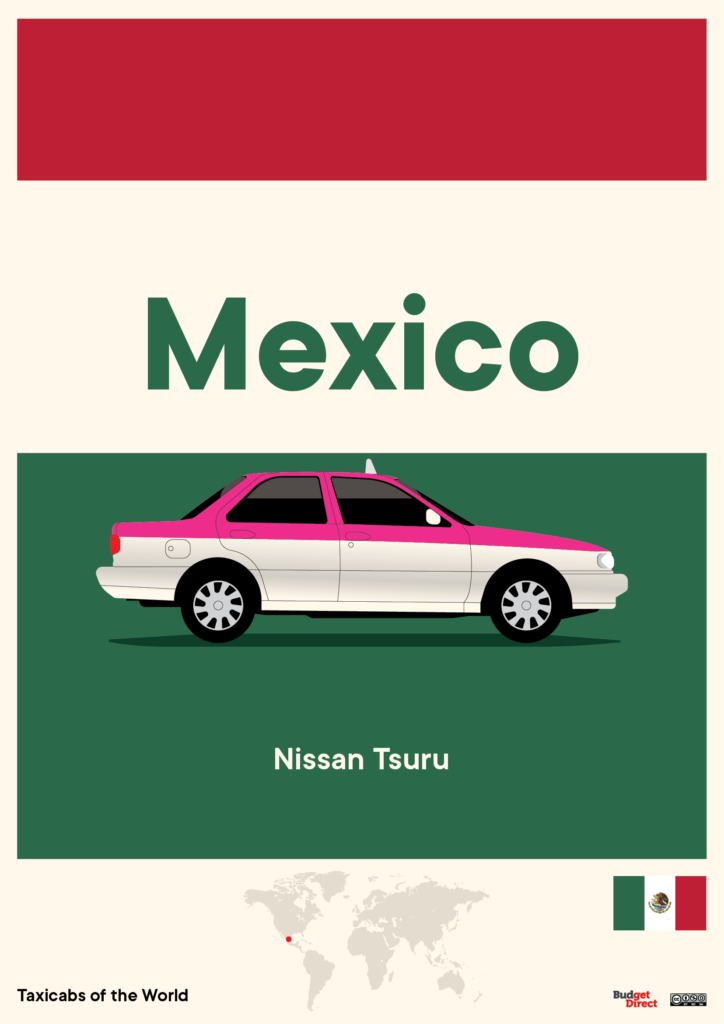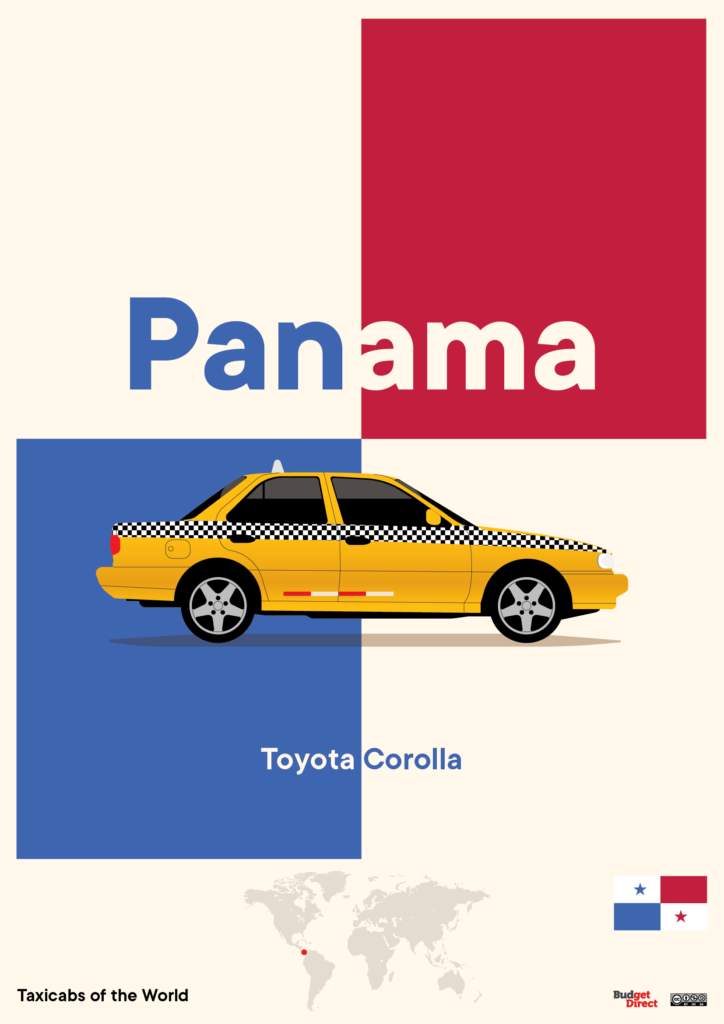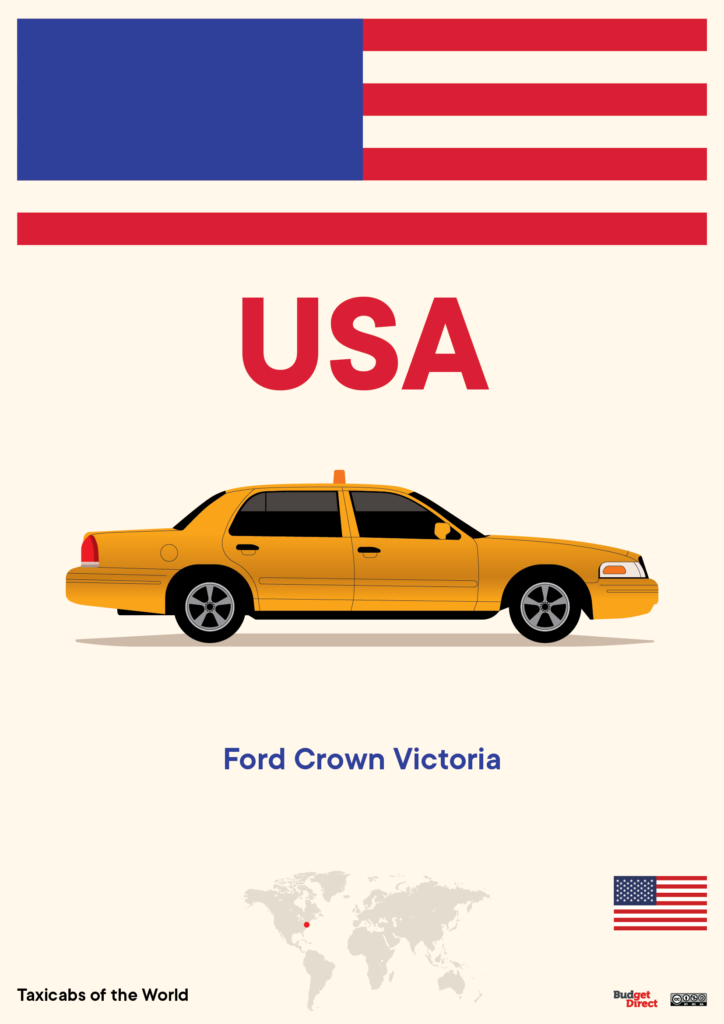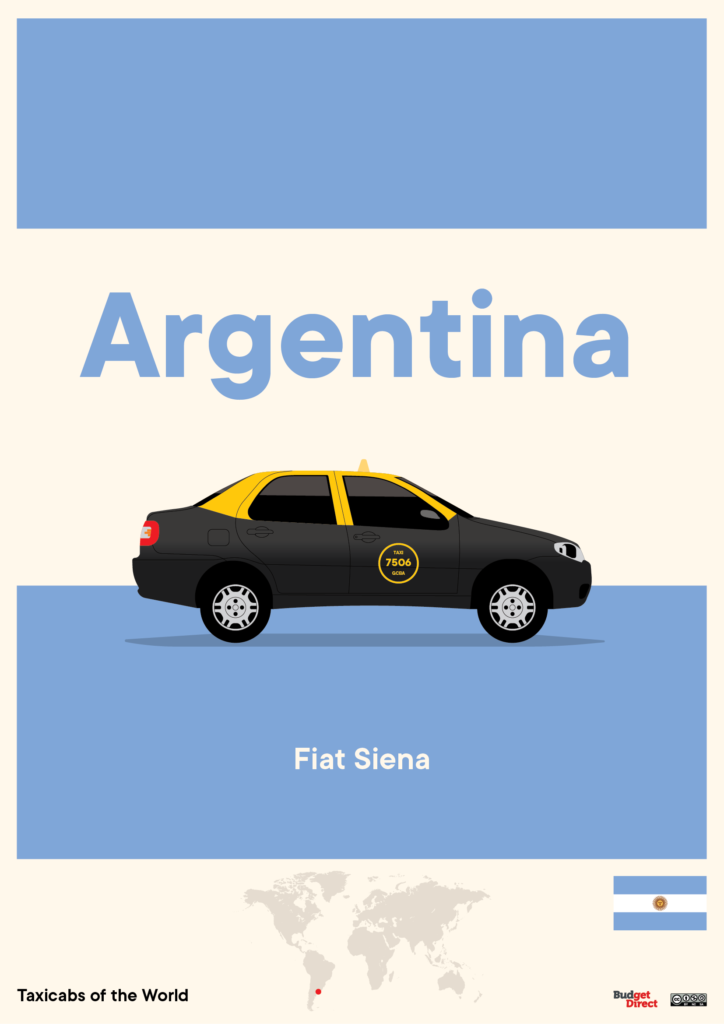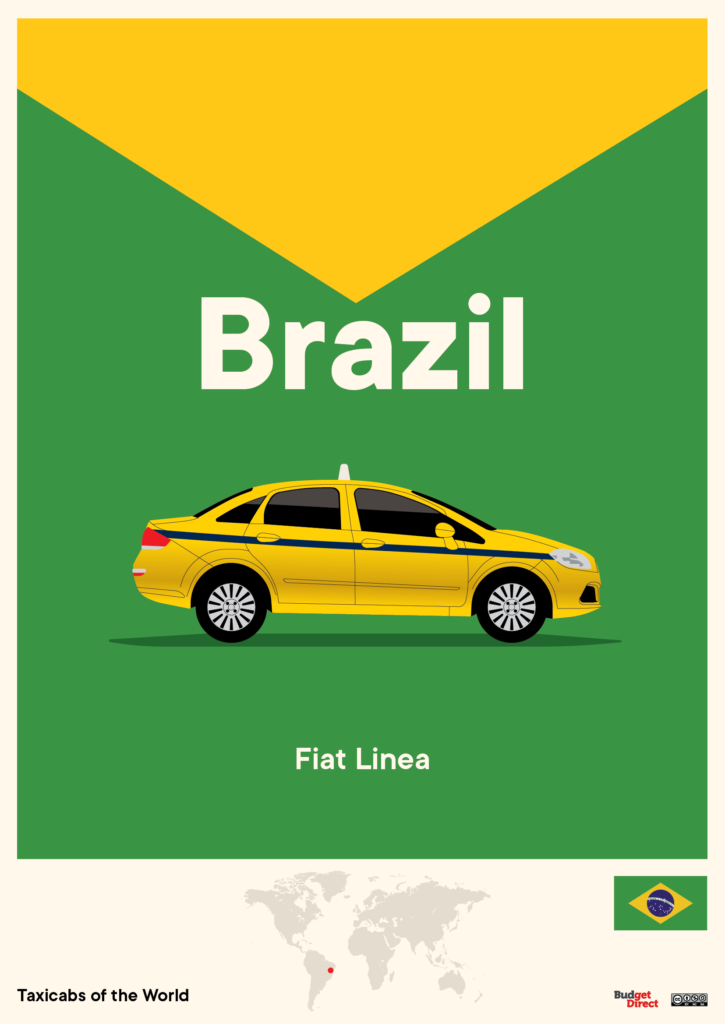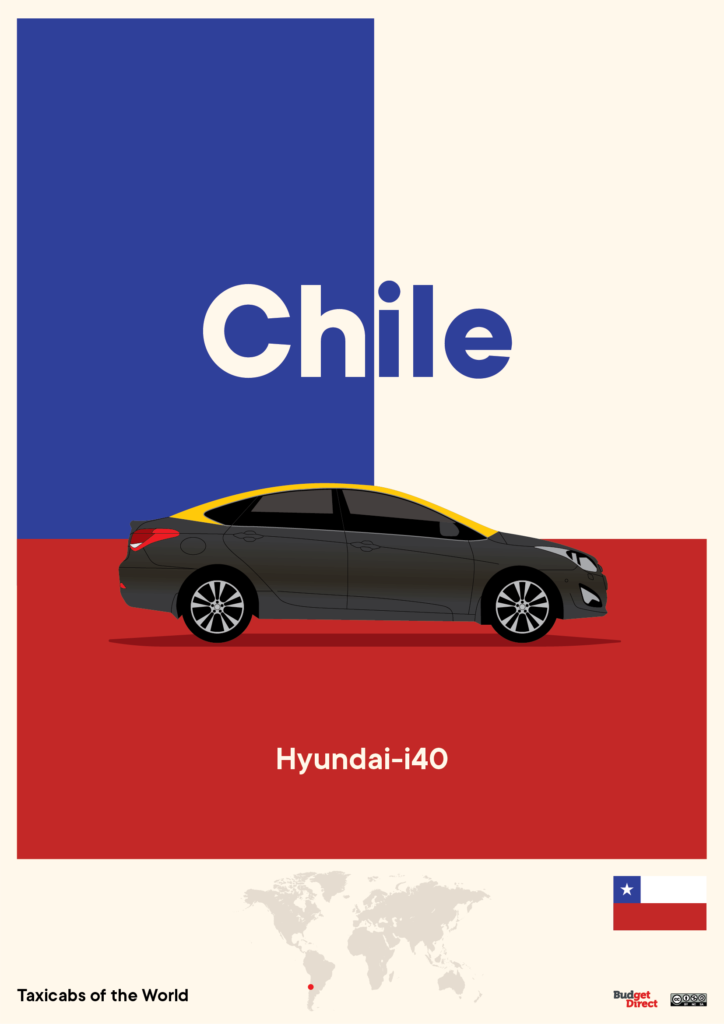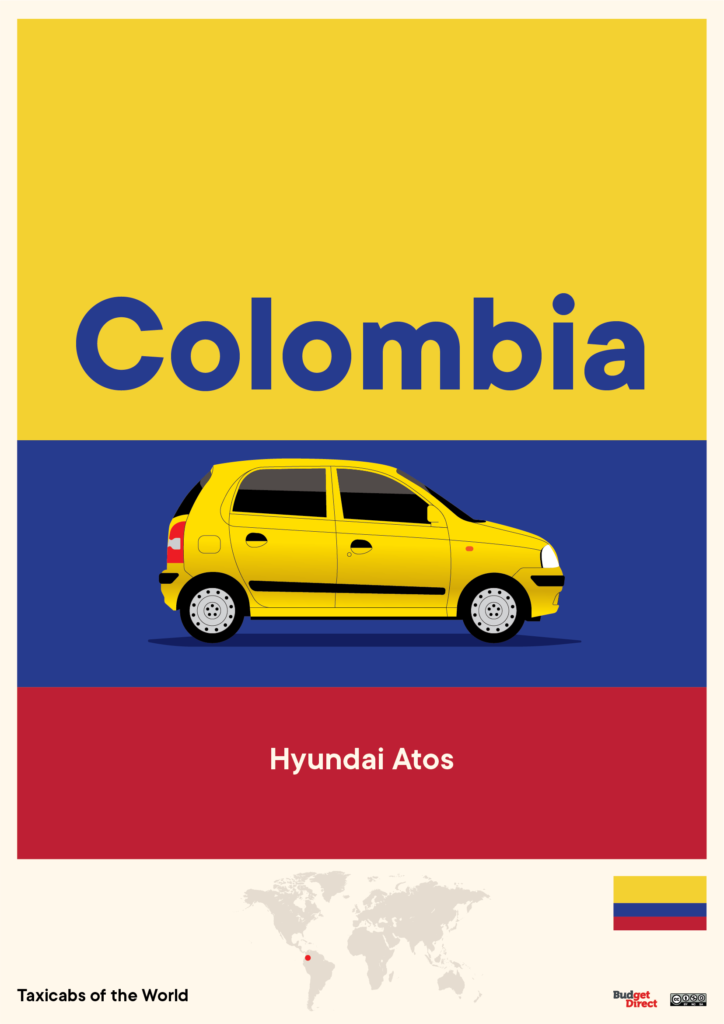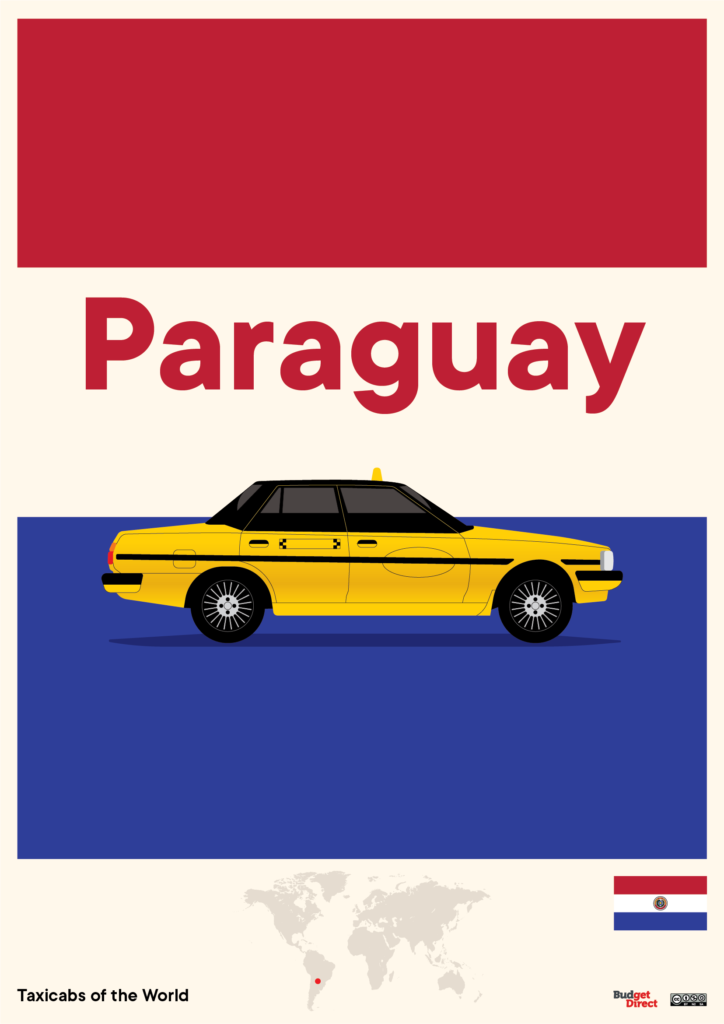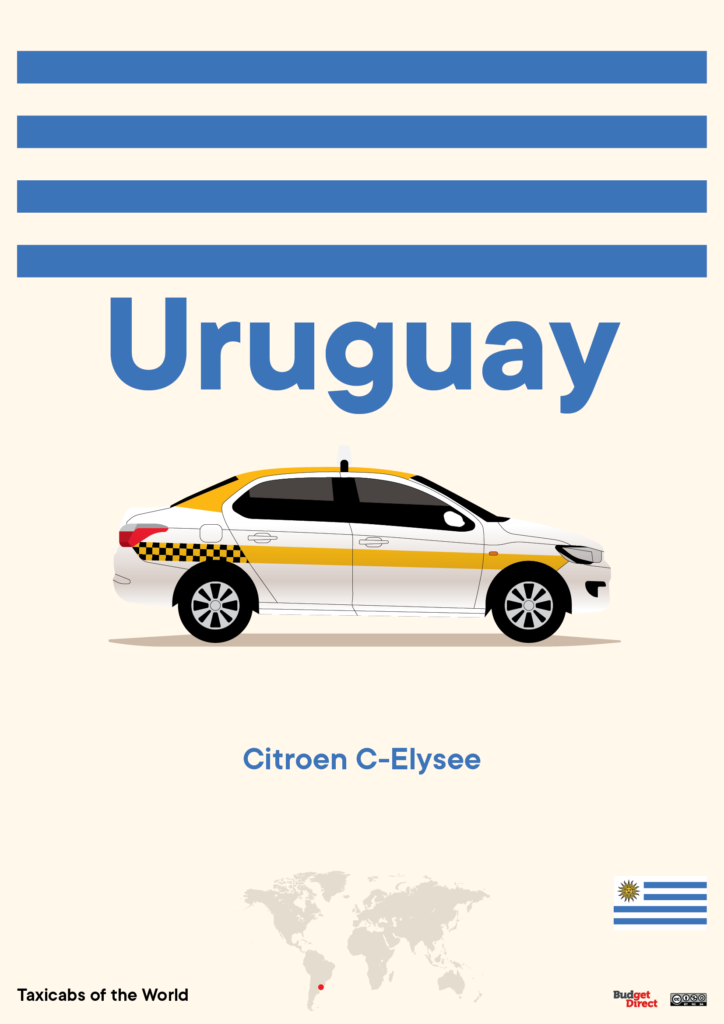Info
illustrated guide to the most iconic taxicabs on every continent.
Client:
Year:
2021
The humble taxicab is the bumblebee of the road. Iconic, hard-working – and under threat.Iconic? Just think of the New York cab. Like taxis in Albania, Argentina, and Australia, its famous yellow and black design is recognized in an instant by locals and tourists alike.But while many taxis around the world share a colour scheme with the mighty bee, yellow is not the only colour. Nor is ‘sedan’ the only shape.
“London without black cabs,” as one taxi driver told the New York Times, “would be like London without Big Ben.”
Africa
The grand old taxis you’ll see in the Moroccan city of Marrakesh are literally known as ‘grand taxis.’ But this is a French-language reference to their size, rather than the regal appearance of these vintage ochre/cream-coloured Mercedes. The ‘petit taxi’ also roams Marrakesh. It is also ochre and tends to be an older Fiat Uno or Peugeot 205.
Taxis in Madagascar don’t have to be yellow, but many of them are. What makes them particularly iconic is the shape and vintage of the vehicle. Lovingly-maintained Renault 4s and 2CVs from the 1970s roam the streets, creating an otherworldly – or other-timely – sense of decorum.
Asia & Oceania
Hong Kong is served by three taxi services, each with its own colour and territory. The most versatile is the red ‘urban’ taxi, which can take you anywhere except the island of Lantau. Green taxis with white roofs serve the New Territories only, and a fleet of just 75 pale blue taxicabs serves Lantau. Most taxi models are imported in red, and painted if required – so even the green and blue taxis bear traces of red.The yellow taxis commonly spotted through much of Australia may look familiar – they are descendants of the American yellow cab, first imported in 1924. Taxis in Melbourne now have to be yellow by law. It could all have been so different: Australia’s first taxis were a fleet of olive-green Renaults.
Europe
London’s black cab – officially known as the hackney carriage – is the second-best known after New York’s yellow taxi. Different manufacturers build hackney carriages to the city’s legal specifications, but The London Taxi Company (now absorbed into China’s Geely Automobiles) is responsible for today’s modern but classic-looking vehicles. In 2015, Londoners voted the black cab as their favourite London design icon.Taxis in the Netherlands have a very cyberpunk feel. They are usually either all-white or all-black, and the law requires them to have blue license plates. The Dutch taxi fleet is slowly being upgraded with electric Tesla cars.
North & Central America
The New York taxi’s look and its much-filmed hometown make it the most famous taxi design in the world. Multiple American companies jostled for propriety of the iconic colour for their taxis, issuing lawsuits to protect their eye-catching aesthetic. But in 1970, it became a legal requirement for all regulated taxis in NYC to be yellow so passengers could tell them from unregulated cabs.The biggest taxi company in North America is Beck in Canada. Toronto’s orange and turquoise Beck cabs might not be as famous as New York’s yellow taxis, but there sure are a lot of them.
South America
Argentinian cabs reverse the NYC colour scheme, being mostly black with yellow trim or roof. This is in tribute to the common paint job of the much-loved Peugeot 504, which was the dominant taxi vehicle in Buenos Aires and other cities in the 1980s.Peru cabs are yellow all over, but for the Peruvian flag, they wear around their beltline. But more iconic than the colour is the Peruvian taxicab’s shape: the retro-futuristic car-box silhouette of the Daewoo Tico. Peru imported thousands of the cars in the 1990s, mostly for use as taxis. If you take a taxi in Chiclayo, you’re probably taking a Tico.


